One of Matthew Pillsbury’s chief photographic interests is the way in which technology influences the way we experience reality. “The growing use of technology in our lives has simultaneously allowed for instantaneous global communication, but it also can isolate us by favoring virtual contact as opposed to real-world interaction,” he said via email.
While he’s not critical of technology, per se—he appreciates how technology allows him to remain in contact with his friends and family—he’s interested in the ways “we often turn to our phones rather than to each other.”

Matthew Pillsbury
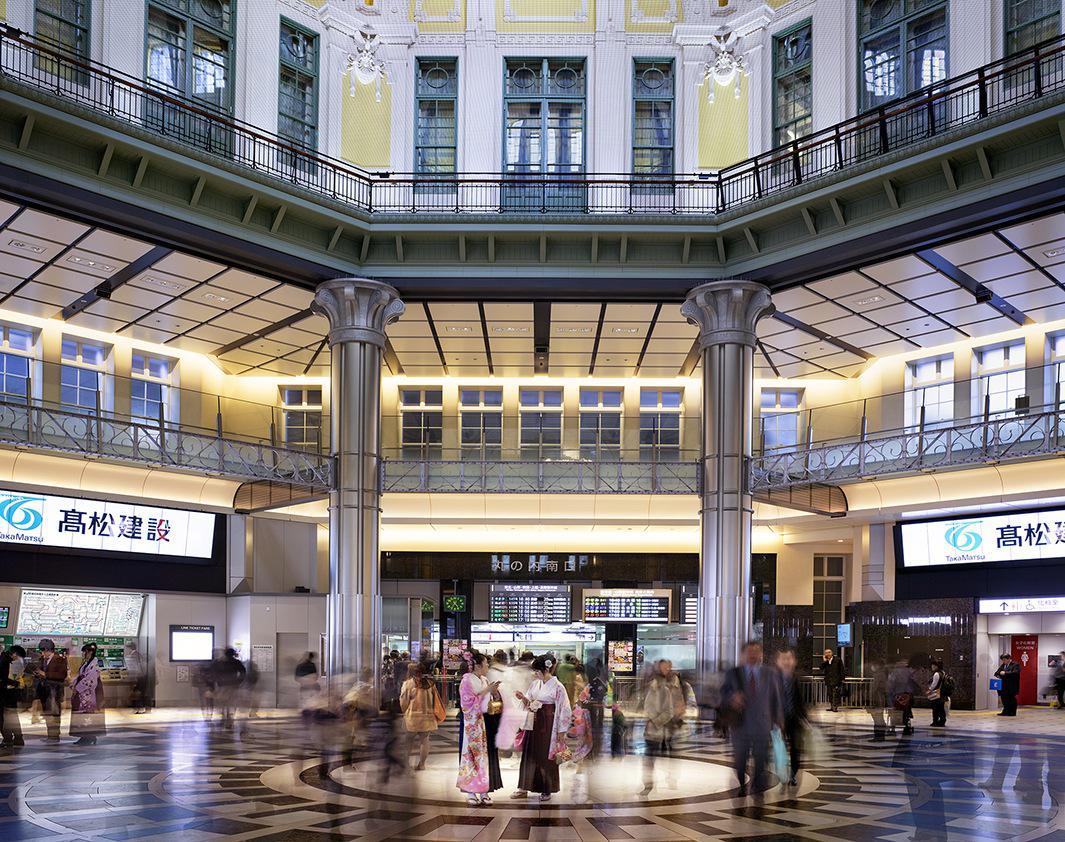
Matthew Pillsbury
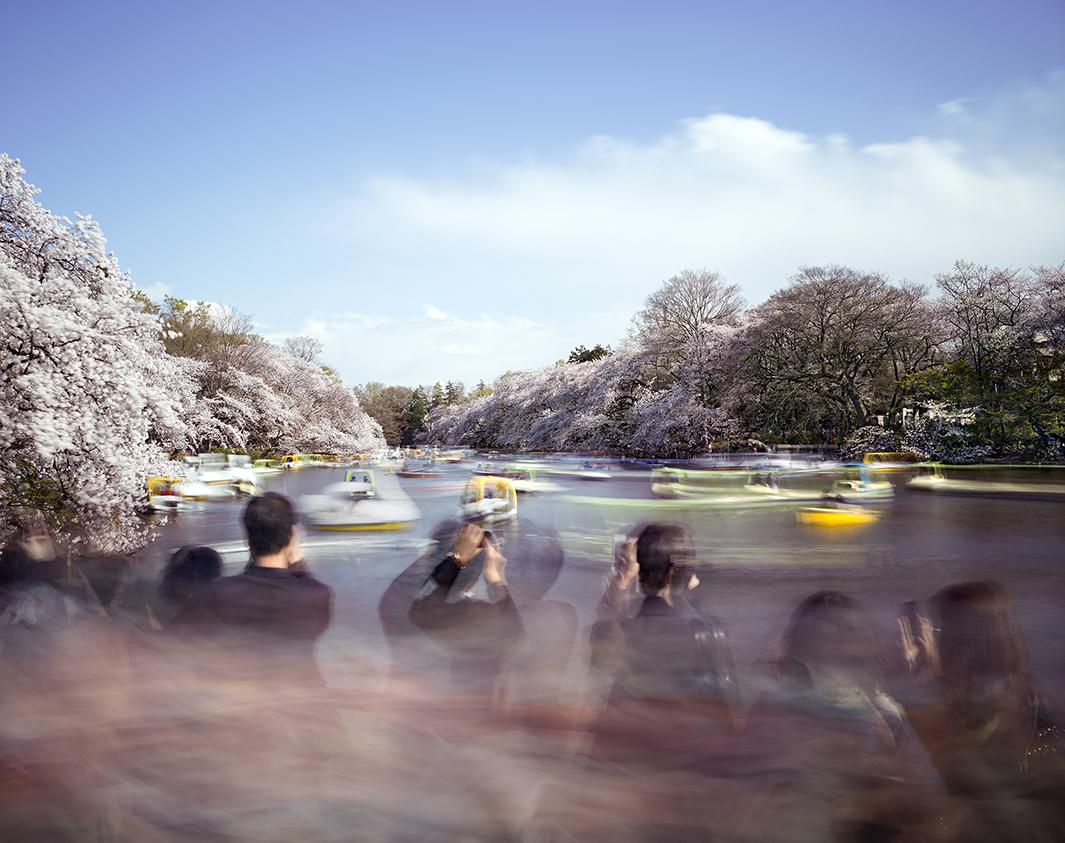
Matthew Pillsbury
It makes sense, then, that he’d be drawn to Tokyo, a place where, intriguingly, technology and traditional culture exist shoulder-to-shoulder, and where, as Pillsbury said, “temples exist alongside the most popular Disney park and next to a giant Manga robot or a robot restaurant.” His new exhibition, “Tokyo,” at New York City’s Benrubi Gallery, captures that dichotomy through long-exposure photographs using only available light.
Pillsbury, who’d only been to Tokyo once, a decade before he decided to do a project there, was “overwhelmed” upon arriving in Japan. “I remember staring at the Tokyo subway map or trying to follow the instructions to purchase a ticket into the city from the airport and feeling completely lost. It made me wonder how I would possibly be able to photograph there,” he said.
Eventually, he found his footing, and started seeing images that spoke to a Tokyo full of natural beauty but simultaneously prone to digital distractions. At Tokyo Station, he captured two traditionally dressed women absorbed in their phones. Elsewhere, he saw people who’d come to see newly sprung cherry blossoms more engaged in picture taking than the natural world around them. And at the Tokyo Stock Exchange, where he expected to see the buzz of human activity captured in photographs by Andreas Gursky and William Klein, he saw instead a computer control center enclosed in glass. “It felt like I was photographing the Dharma Initiative in the TV show, Lost, rather than one of the world’s busiest stock exchanges,” he said.
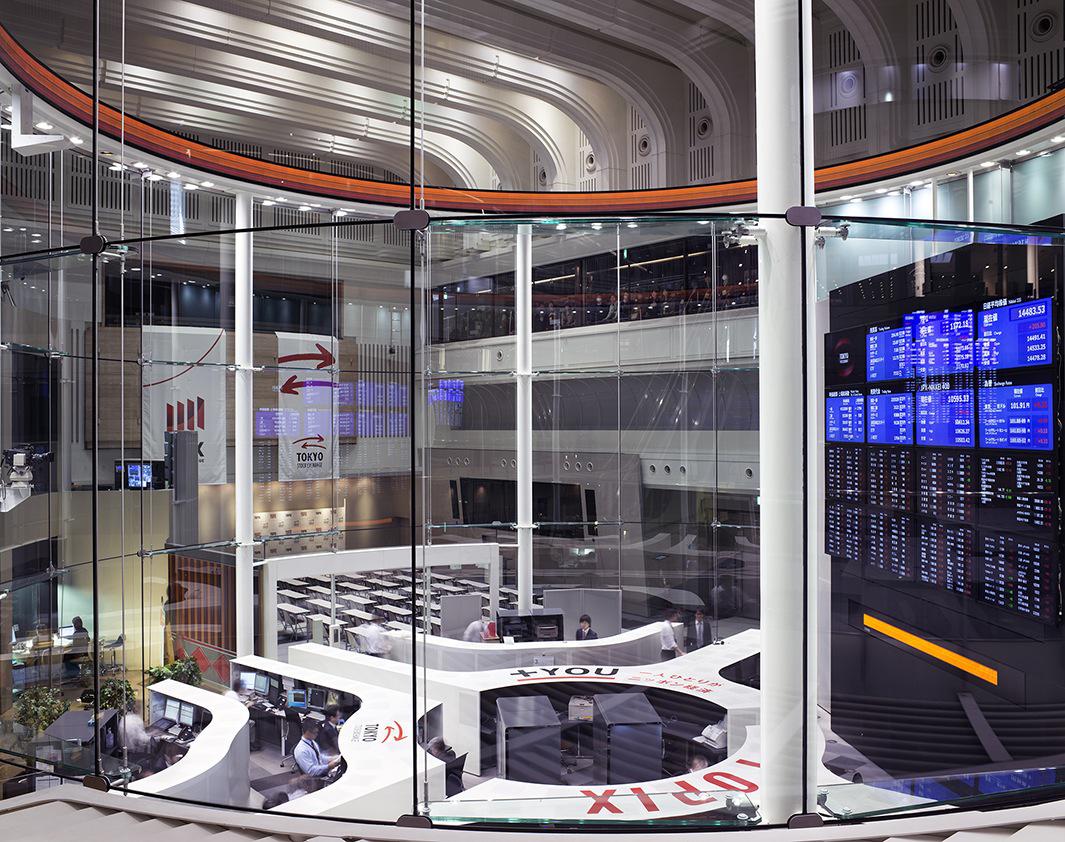
Matthew Pillsbury
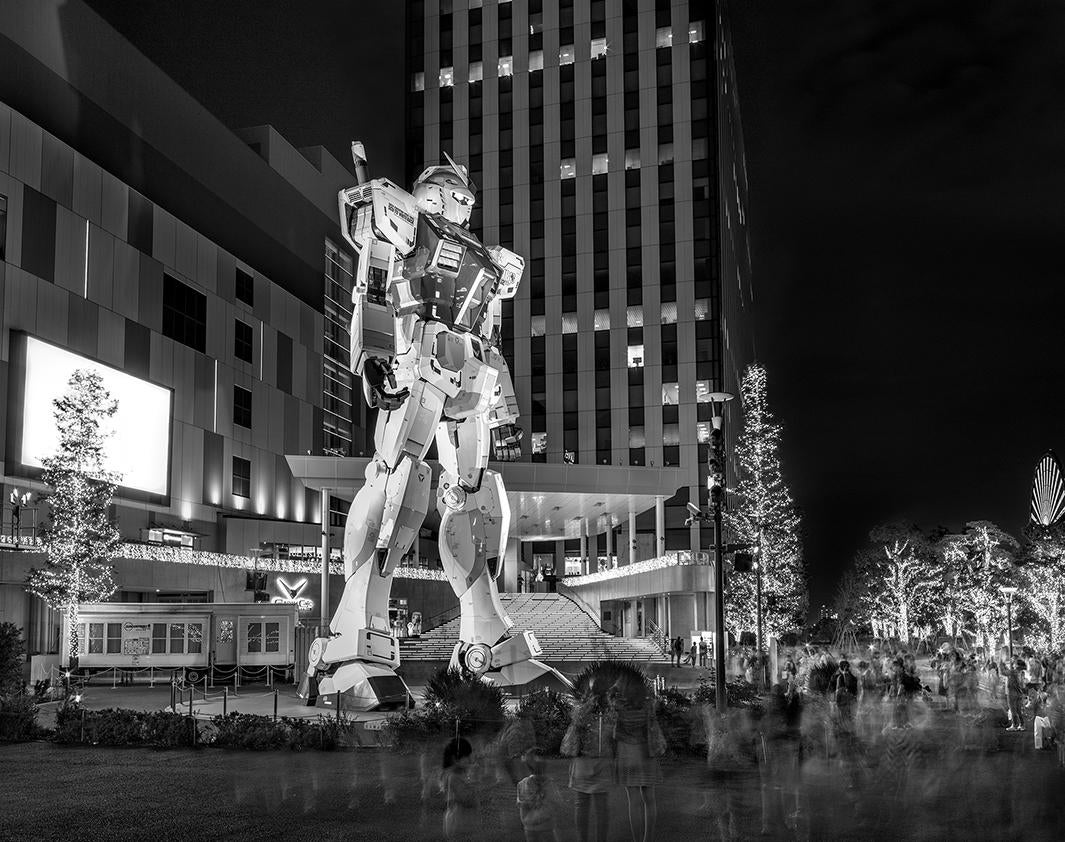
Matthew Pillsbury
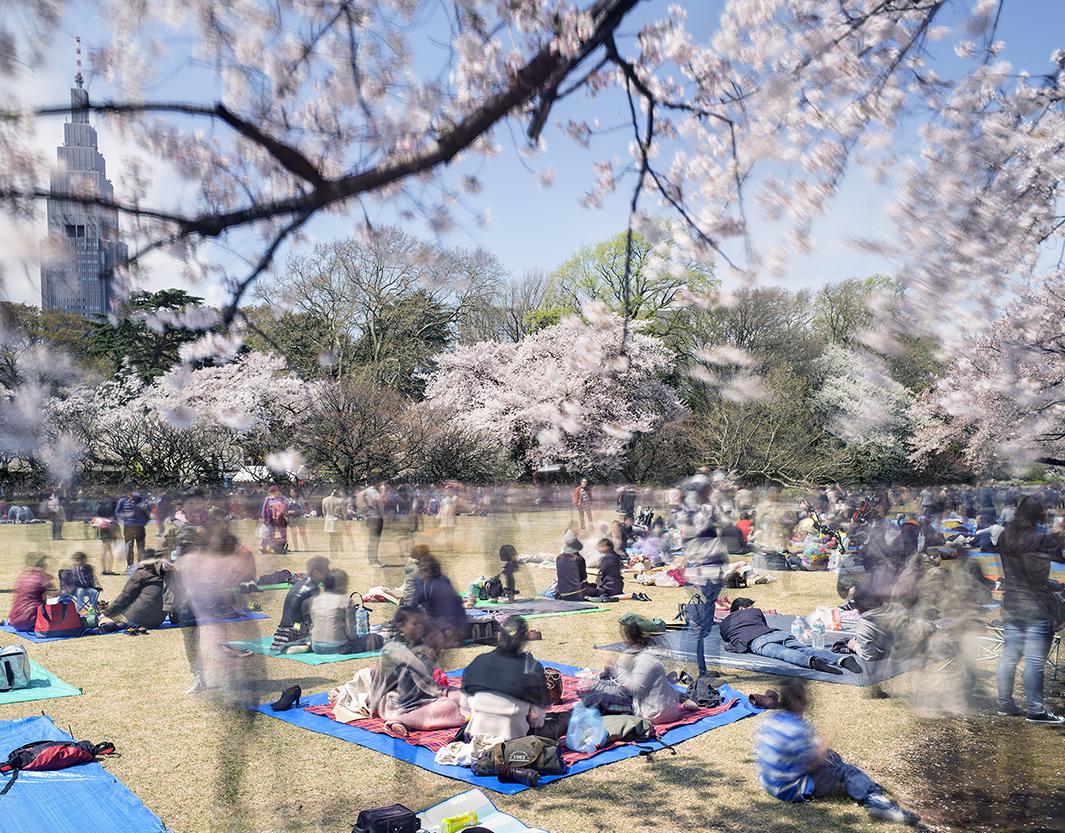
Matthew Pillsbury
Still, the project presented many challenges, getting access to locations chief among them. With the help of his assistant and a contact in the city, Pillsbury was able to get permission to shoot photographs in many places throughout Tokyo, but other places, like a Sumo match, proved more elusive (there are strict rules allowing only Japanese press to photograph there). In many of the places he photographed, Pillsbury found himself caught in the middle of large crowds. “Technically, it was hard to ensure that my camera wasn’t jostled at any point during my exposure since that ruins my photograph,” he said.
In the past, Pillsbury has shot almost exclusively in black-and-white. Many of his images, he toldSlate last year, “have many competing light sources in them but they can be merged into a single visual space. I think that in color there would be more discord—the different lights in the images would be competing against each other.”
But in Tokyo, Pillsbury found color just too alluring to resist. “I felt that a location like the Cup Noodle museum needed to be in color,” he said. “I also felt that way about the cherry blossoms, the robot show and many other locations. Before I knew it more than half the places I photographed were in color, so there was no turning back.”
“Tokyo,” is on display at Benrubi Gallery until Oct. 25.
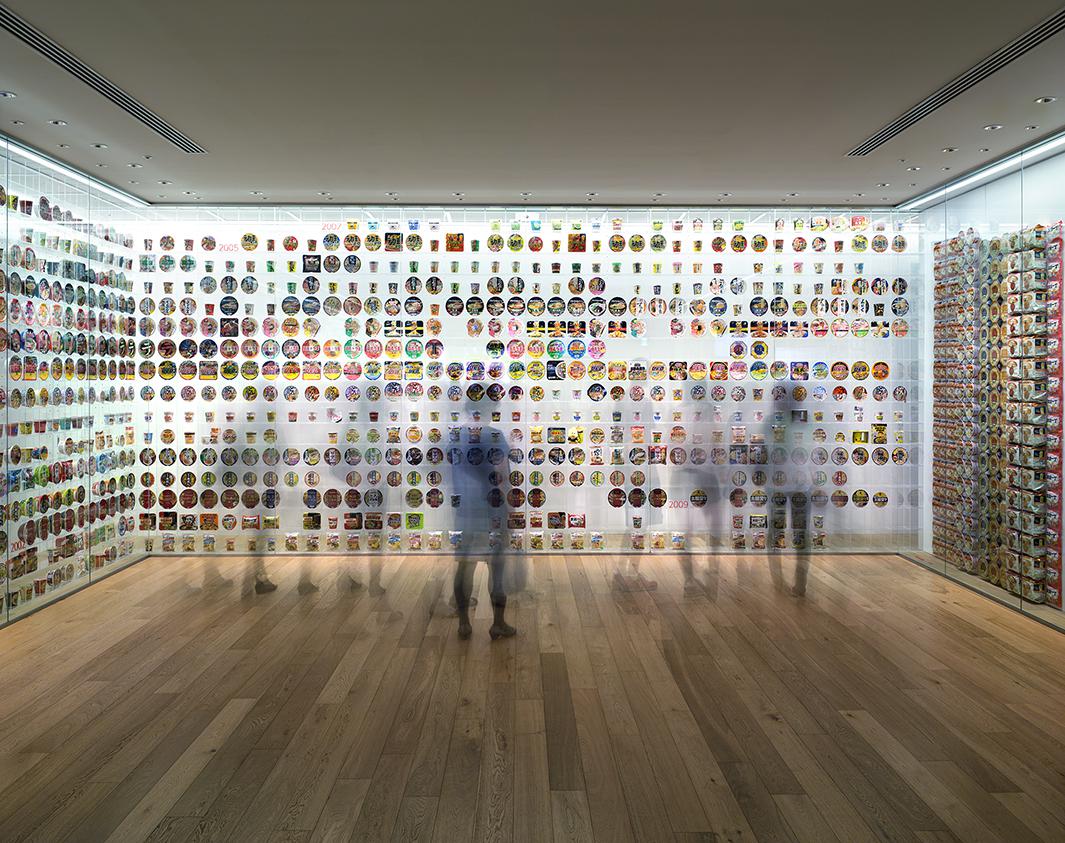
Matthew Pillsbury

Matthew Pillsbury
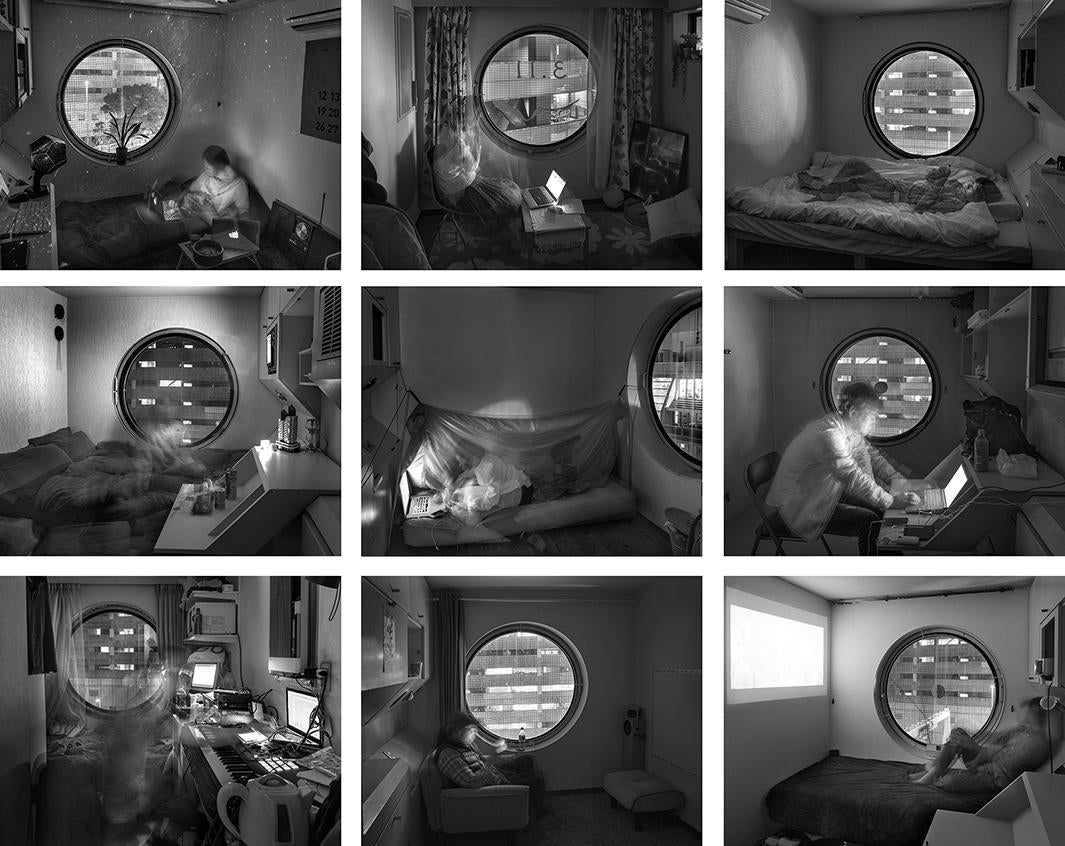
Matthew Pillsbury
